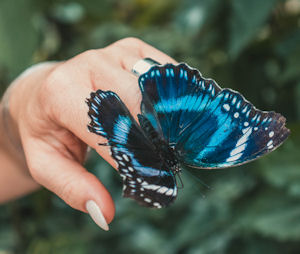False
Origin Claims about Three Wedding Ceremony Rituals
Categories: | Wedding Ceremony | Wedding Rituals|
 Adding a ritual to your wedding ceremony
can enrich it immensely. But are they always, as
the common narratives lead us to believe, ancient
traditions rediscovered, or are they modern inventions
aimed at distinguishing a civil ceremony from more
traditional religious liturgy?
Adding a ritual to your wedding ceremony
can enrich it immensely. But are they always, as
the common narratives lead us to believe, ancient
traditions rediscovered, or are they modern inventions
aimed at distinguishing a civil ceremony from more
traditional religious liturgy?The 1970s sparked a huge change in wedding ceremonies. Couples, freed from the restrictions imposed by church ceremonies wanted to include more interesting and more personal elements. And celebrants rose to the occasion and invented rituals.
Unfortunately, to give these invented traditions an aura of authority, they were credited with an equally invented origin, usually of the "long ago and far away" ilk, and therefore commonly indigenous. After all, a feature of most indigenous societies is oral tradition, so no documentary evidence to contradict!
Invented traditions serve a purpose. They can be beautiful and visual inclusions in a ceremony. They don't need an invented provenance.
That said, there are two fairly common wedding inclusions, all fairly recently invented "traditions" that are wrongly claimed to have First Nation origins
- The Apache Wedding Prayer
- The "legend" attached to Butterfly Releases
In addition, a similar claim, citing either
Native Hawaiian or Navajo origin, is
occasionally made about the Sand Ceremony.
The Apache Prayer
r
The Apache Wedding Prayer, as it is usually
used as a blessing or reading in weddings, has no
connection with the traditions of the Apache or any
other First Nation group. It was written for the 1950
movie Broken Arrow starring James Stewart (as
Tom Jeffords, superintendent of pony mail express
route) and Jeff Chandler (as Cochise). The movie
script was adapted by the scriptwriter, Albert Maltz,
from a novel by Brooklyn-born author Elliott
Arnold Blood Brother (written in 1947).
The
first line of the original in the novel is
"Now for you there is no rain" and the last
line reads "Now,
forever, there is no loneliness" In the
film Maltz changed these to "Now you will
feel no rain" and a last line that's
almost never quoted "Go now. Ride the
white horses to your secret place."There are a lot of interesting aspects to this historic movie - not the least of which that there is no such thing as an Apache wedding as depicted in the movie!
It was the first movie made after World War II that sided with the Native Americans. The story revolves around historical characters with an added fictional character, Sonseeahray, played by Debra Paget, who was added as a love interest for Jeffords.
The script was written by Albert Maltz, one of the writers blacklisted by Hollywood during the McCarthy era, so for a long time the writer was listed as Michael Blankfort, another scriptwriter who put his name on the script as the only way to get it accepted. In 1997 that was put right when the Writers Guild of America voted to restore screen credit to those who had been blacklisted.
There are quite a few other wedding readings with questionable accreditation to indigenous origins.
The Butterfly Legend
Disclaimer: I am not advocating the release of butterflies. There are many reasons, both ethical and ecological to avoid doing so.
The Sand Ceremony
I explore the historical origins of both of these rituals in detail in my books, The Sand Ceremony: A Modern Approach and Unity Candle and Sand Ceremony
Indigenous customs in
Australia
Thanks for reading

0 Thingsskills